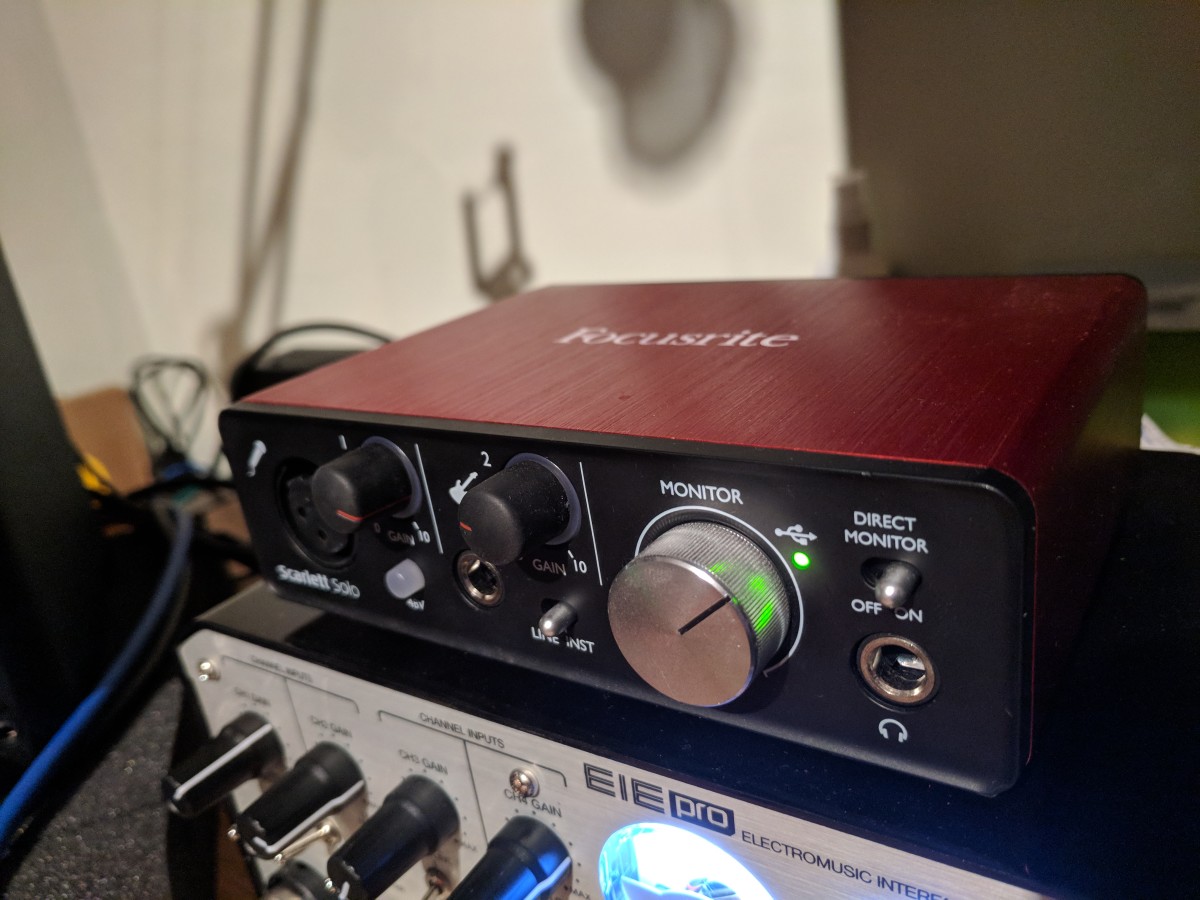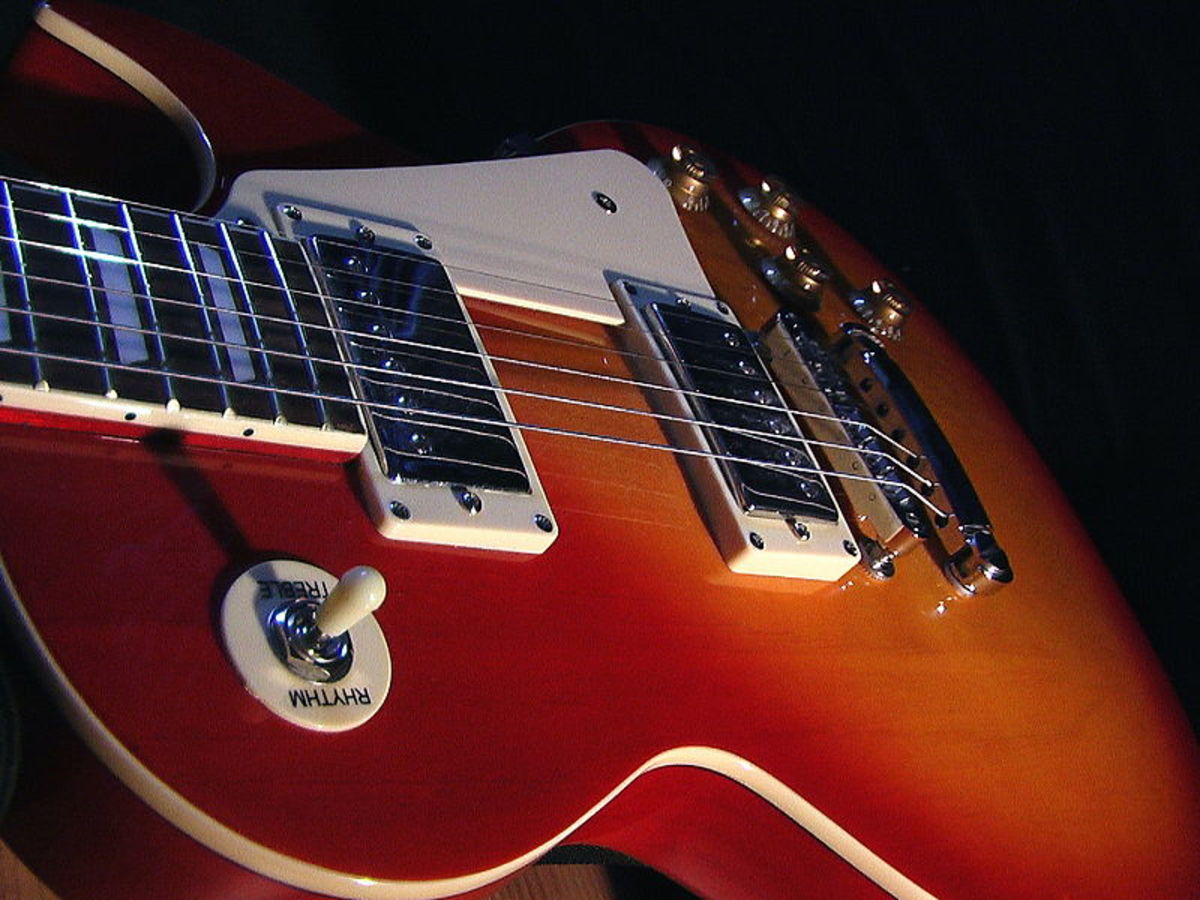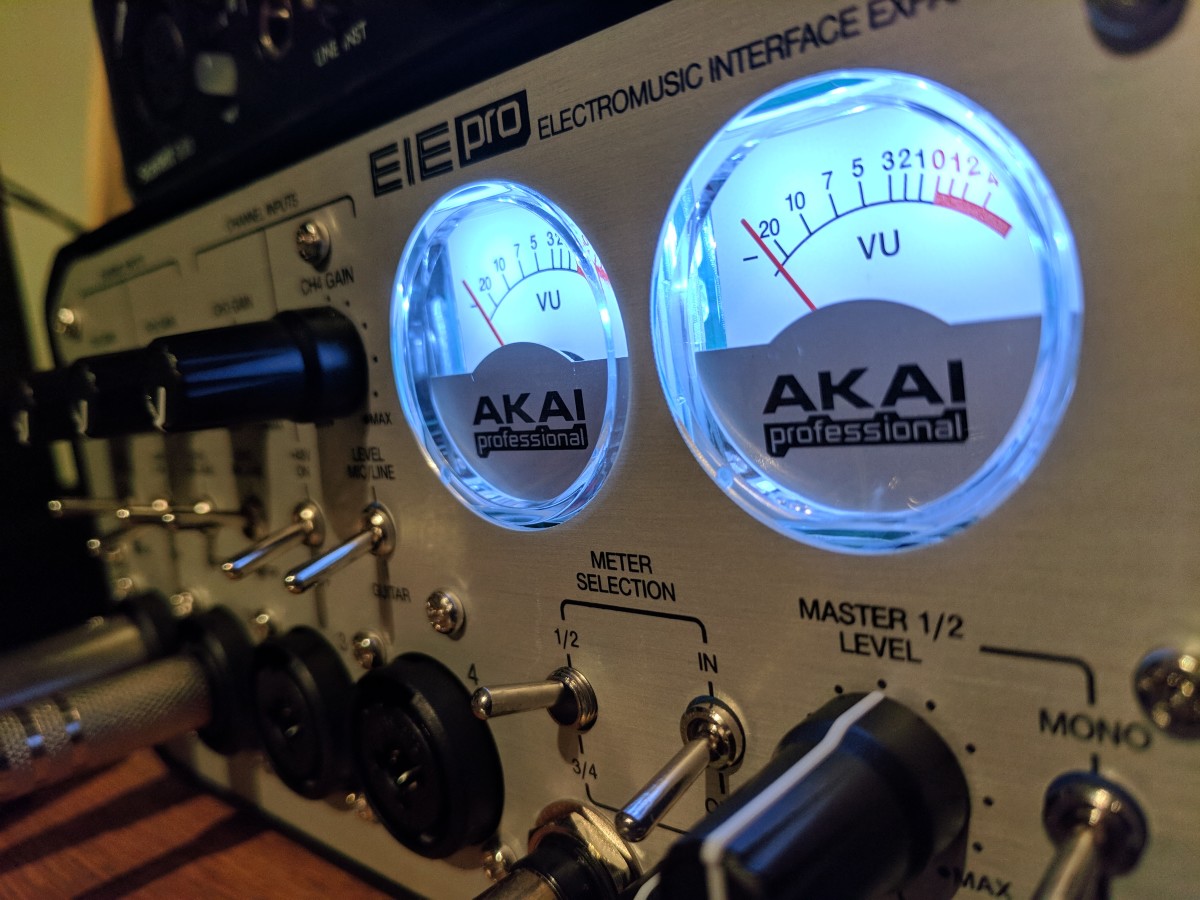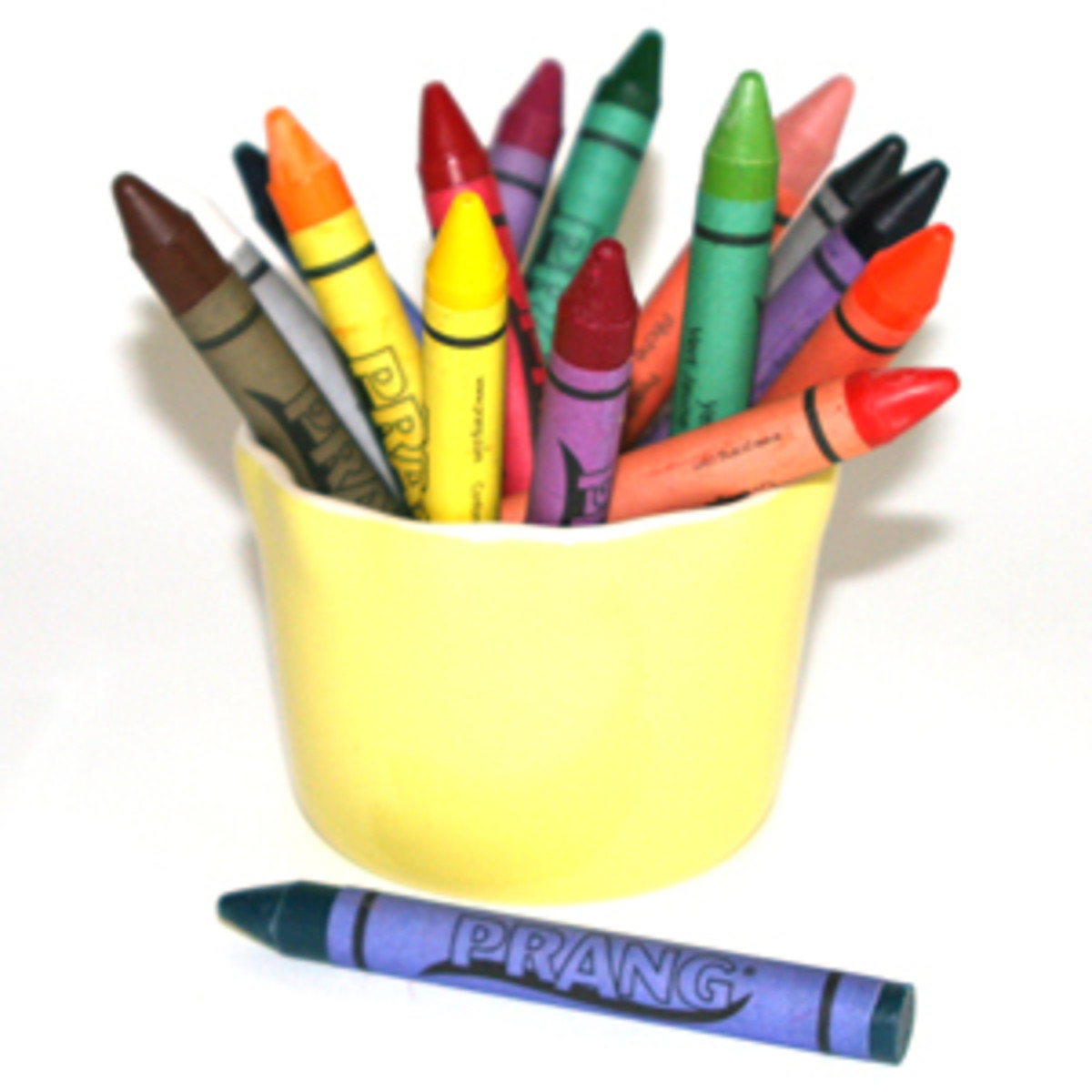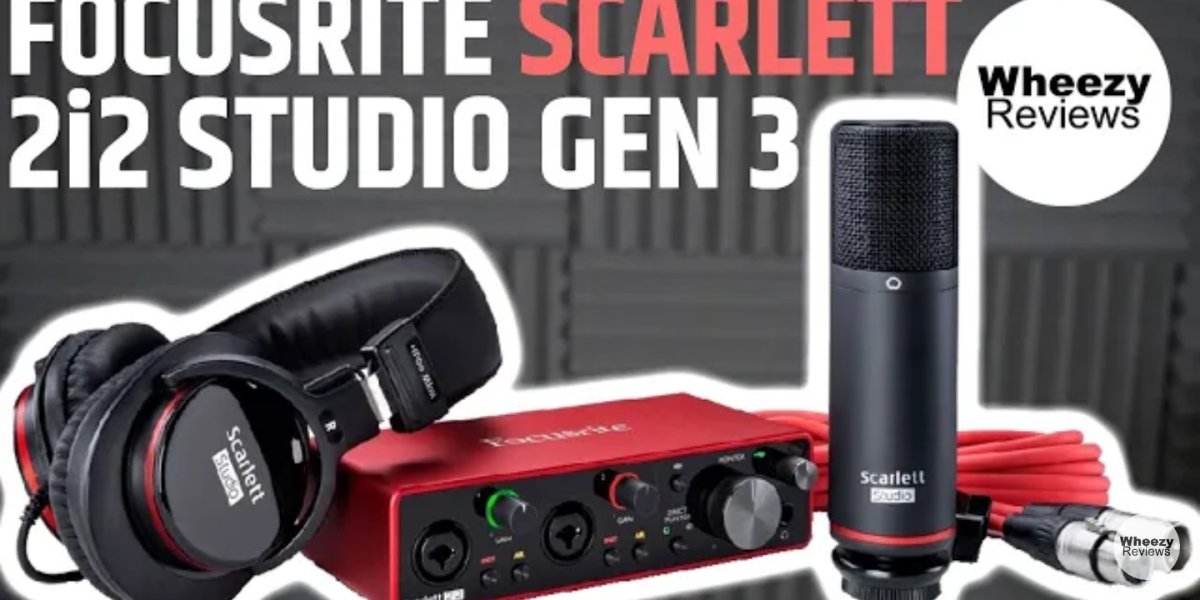Review of the Best Audio Interface Focusrite
Introduction
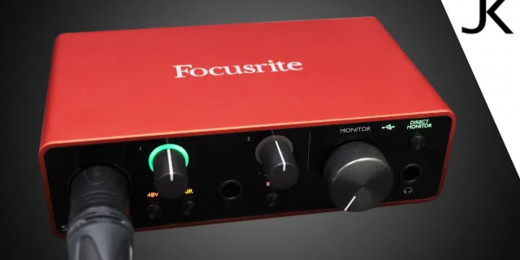
When it comes to releasing interface, Focusrite doesn't tend to hang around. Whereas some companies will release one or two models every couple of years or so, Focusrite has core ranges which it updates, so you get half of a dozen models and of couple of bundled packages all release at once with something, as they say, for everyone. The Scarlett range is, the company says, the best-selling range to interface the world has seen, but I do have to admit some confusion over the company's other 'rose' flavoured ranges and where each one slots in with one another , so here is my attempt at a brief explanation. The quality of components like A/D and D/A converters, preamps and filters can make the difference between a lifelike, dynamic recording and a flat, lackluster one. Usually it's wise to select a product from a company with a long history of making pro audio products as a lot of their high-end expertise goes into every product they make.
Features
| Results
| Review
|
|---|---|---|
Audio interface
| Perfect
| 5 stars
|
Colour
| Good
| 4 stars
|
Built quality
| Perfect
| 5 stars
|
All Scarlett, No Pimpernel
For this review, Focusrite sent to of the six Scarletts: the 2i2 and the 1U 18120. There's not space here to list the complement of I/O that each Scarlett possesses, but both follow tried and tested formats, and are practically identical to their 'first generation' Scarlett predecessors. What is new is the physical design: both unit are very classy indeed, losing nothing by comparison with Focusrite's much more costly Clarett interface. At this sort of price, you wouldn't expect to see features such as colour touchscreens or digital gain controls, but in general, the new Scarlett look and feel a lot more expensive than they are.
Burning red halos
The black panels is modestly furnished, with just the USB 2.0 connector and stereo line outputs. The main action is reservedfor the front panel, where the two Focusrite preamps are presented with hybrid input ports. These can take an XLR cable or a ¼" jack with a rocker switch below selecting between Mic and instruments inputs. There's also a 48V phantom power button that glows a bright red when activated, which serve both inputs if you're connecting two microphone and Direct Monitor button to feed input signals directly to the twin monitor options. There are a larger grey dial, which controls volume to your speakers, and a separately-driven headphone level dial, with its connector below.
Pros and cons
The Focusrite Scarlett 2i2 2nd generation continues the legacy of its predecessor with its high ratings and many recommendations. Commendations point to its sound quality as its best features, while others point to its reliability as another strong point. Be it for condenser or dynamic mics, the Scarlett 2i2 got a lot of kudos from satisfied users, which include singers. Instrumentalists, podcaster, voice over actor and more. Its elegant appeal also got a lot of thumbs up, with many specially referring to its distinct red colour and halo lights.
There are minor concerns for its instruments input, with some nothing that getting it to work properly requires a bit more tweaking then what they wanted.
Are Focusrite interfaces good?
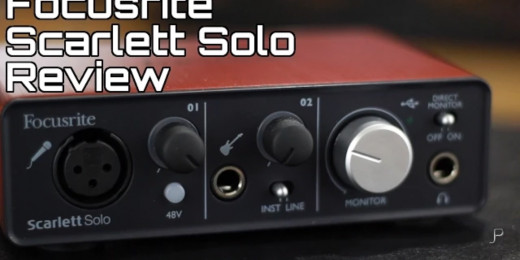
Connectivity isn't a problem with this interface! You can record at exceptional quality here as the Air-enabled preamps are the best Focusrite have ever used offering studio quality at all times. It's a recording studio you can put your backpack.
Do audio interfaces make a difference?
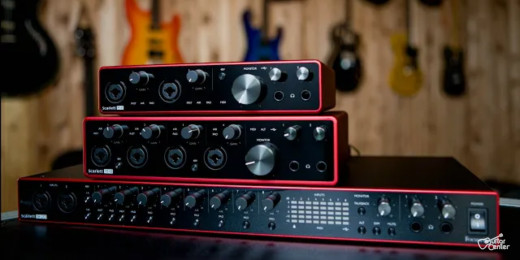
The DA conversation improvement you get from higher end interface is highly overestimated. If there is a difference it is small and not really significant enough to make a difference. If you are working fine ITB either a better set of studio monitors or room treatment will make a much bigger difference.
Do I really need an audio interface?
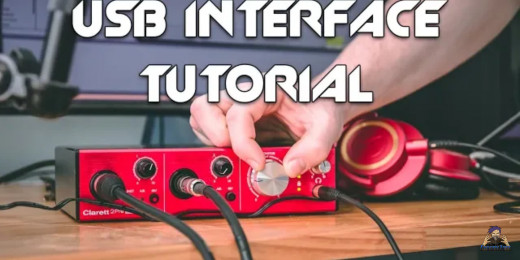
Yes, you do need an audio interface to record music into your computer. The blue Yeti USB mic you refer to is essentially an audio interface with limited features built into a microphone. A standalone interface will give you more options especially if you want to use different mics.
When it comes to releasing interface, Focusrite doesn't tend to hang around. Whereas some companies will release one or two models every couple of years or so, Focusrite has core ranges which it updates, so you get half of a dozen models and of couple of bundled packages all release at once with something, as they say, for everyone.

